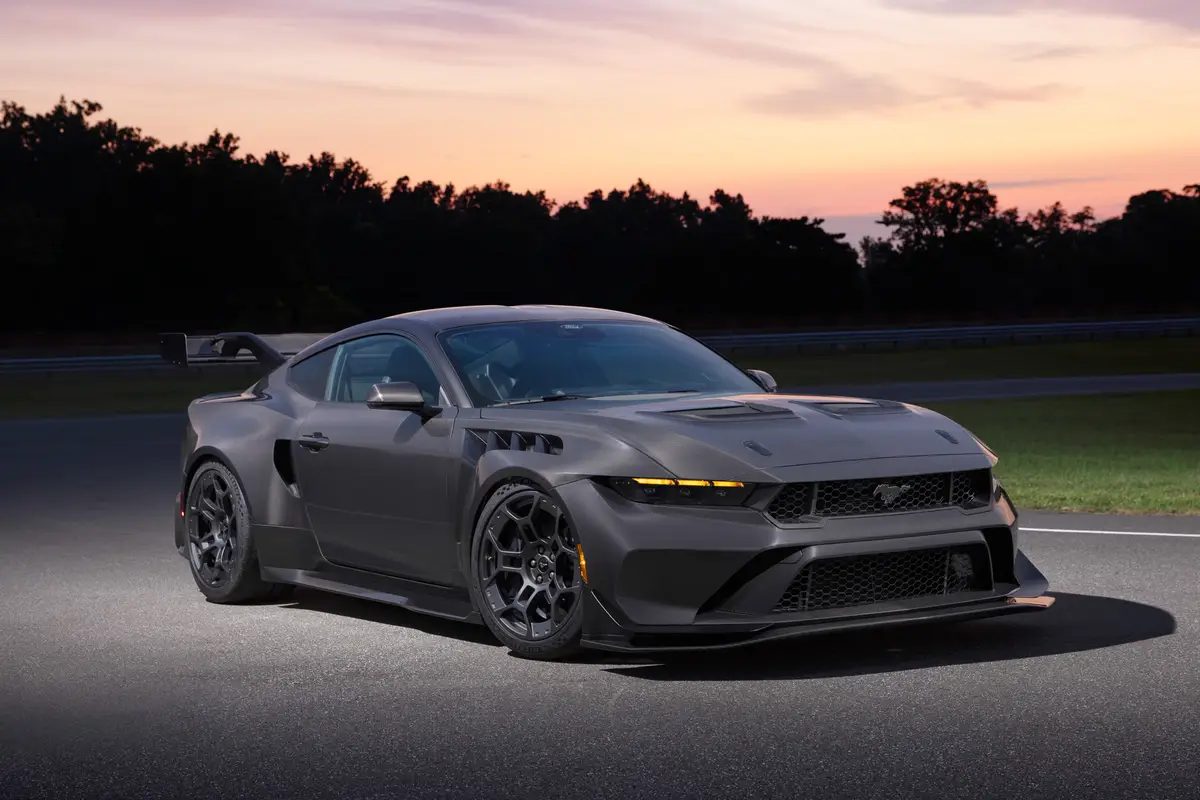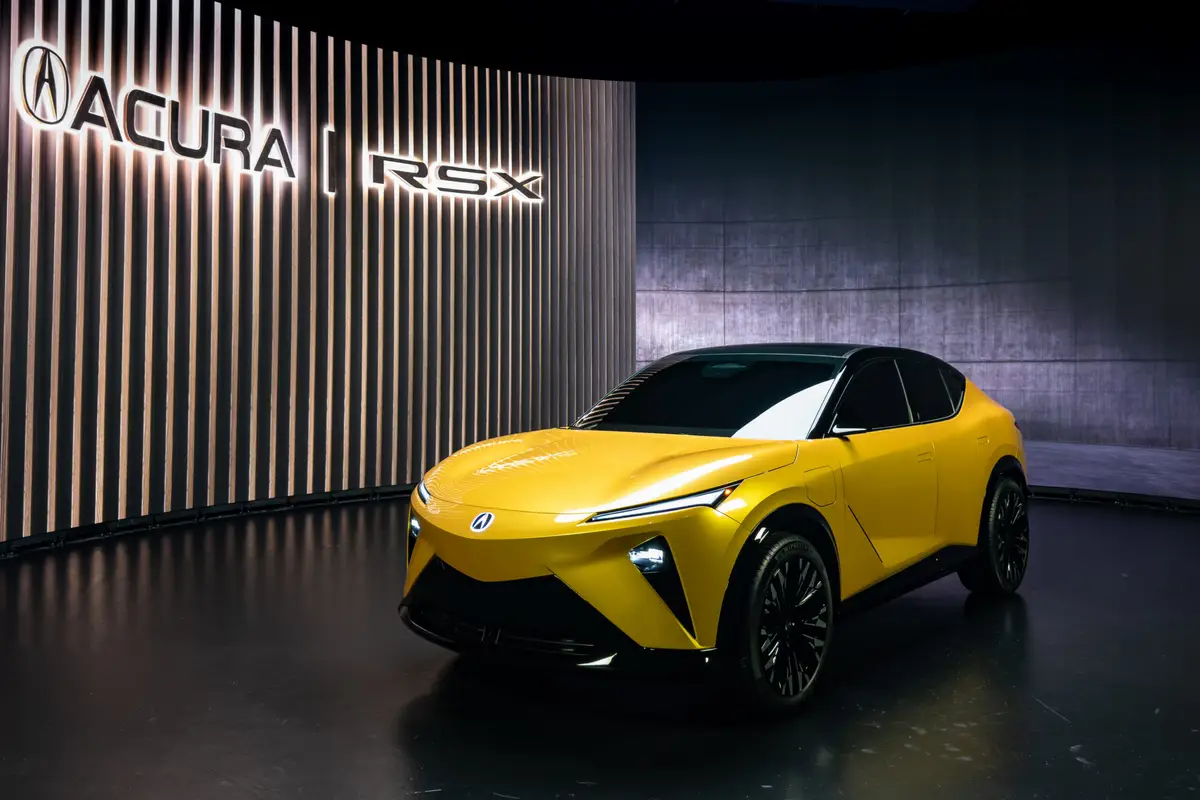KansasCity.com's view
VANCOUVER–The evolution of Mercedes-Benz’ small sedan has gone from C to shining C.
It’s not that the original C-Class was underwhelming, it’s simply that the all-new 2001 shines brighter because it is more like a shrink-to-fit S-Class, the company’s flagship. There are two models, the C240 and C320, both V6-powered. They are loaded with technology such as eight airbags (including a head-protection side curtain), ESP vehicle stability control, Brake Assist and a TeleAid emergency call-assist system. Even with this much standard equipment, the entry-level C240 will enter the marketplace with a base price estimated to be around $30,000. The C320 will start around $37,000. Official prices will be announced closer to the official sale date of Sept. 11.
The original C-Class, launched in 1995, started a new era for Mercedes-Benz, according to Ken Enders, vice president of marketing for Mercedes-Benz USA. Because it introduced value to what was traditionally a high-priced brand, it represented a sea change in marketing and redefined the brand as a whole. The value philosophy it reflected was also applied to the E-Class and M-Class vehicles. Since the launch of the 1995 C-Class, retail sales for Mercedes-Benz USA have tripled.
To emphasize the point that the C-Class is a family of cars, not just a stepping stone for those who can’t afford a bigger Mercedes, the C-Class lineup will expand with a station wagon, sports coupe and an AMG performance version within the next year or so, according to Enders.
The new C-Class also shines brightly because of its lively and energetic styling. Again, like the S-Class, it has a coupelike profile, a rear-slanted grille and twin oval headlights. The wheelbase, at 106.9 inches, is 1 inch longer than the previous model, while overall length is up by the same amount.
In order to be competitive with cars such as the Audi A4, BMW 330i and Lexus ES300, V6 power is a must, and the C-Class has two from which to choose. Both are twin-sparkplug, three-valve units that utilize a two-stage intake manifold for optimum performance and both low and high rpm.
Although the numerical designation usually refers to engine size, the C240 gets a 2.6-liter unit with 168 horsepower. The C240 is available with a six-speed manual or five-speed automatic. The C320 has a 3.2-liter unit with 215 horsepower, and it is available only with an automatic, although one that can be shifted manually.
I spent a few hours driving both a C240 six-speed and a C320 with the sport package. The C240’s manual gearbox was quite nice, enabling the 2.6-liter V6 to respond more vigorously than its size would suggest. Slicing the transmission pie six ways instead of five lets the engine spend more of its time in the peak torque band, and that translates into stronger performance. Its only drawback is a fairly short first gear.
The added power of the C320 is not only noticeable but also fun. The 3.2-liter engine, which is also used in the E-Class, revs sweetly and yanks the car to 60 mph in 6.9 seconds. (The C240 does it in 8.2 seconds.)
Over-the-road behavior is decidedly sporty. The suspension is taut and supple. Bumps and dips are merely minor annoyances and never really upset the car’s grip on the road.
Rack and pinion steering is used in this iteration, and steering feel and responsiveness are excellent.
Throughout the interior the look is reminiscent of a scaled-down S-Class, with a couple of notable exceptions. The faux wood trim on the C240’s console was not very convincing, for example, and the door pulls have a bold seam that catches your eye and looks out of place in a luxury car. In the C320 with the sport package, a texturized metallic trim is used on the console.
The front seats are excellent. The lumbar support feels like a large hand is holding your back, and I never felt tired or restless after more than four hours of driving. Head and legroom is no n issue in the front seat, but in the back seat, knee room is tight, and those over 6 feet tall will find their heads perilously close to the roof in spite of an indentation in the headliner.
Dual-zone climate control with rear-seat outlets is standard, and the tilt/telescoping steering wheel has fingertip controls that adjust the stereo and 49 other functions.
A first-rate Bose audio system is standard in the C320.
Safety is a key issue for the C-Class, and to that end there are front and side airbags for those in front, side airbags for the back-seat passengers and a full-length, head-protection curtain airbag that inflates over the windows on each side.
The ESP vehicle stability program helps keep the vehicle from excessive skidding in turns or evasive maneuvers by applying one brake at a time to correct the vehicle’s path. Traction control is also part of that system.
Brake Assist applies full braking force in emergency stops even if the driver doesn’t. Of course, anti-lock brakes are part of that package, too.
If the first C-Class was instrumental in redefining the Mercedes brand, as Enders said, then the 2001 is even more important in keeping that change on track and expanding its impact because it is has the potential to become the volume sales leader. That’s a big job for a little car, but this one appears to be up to it.
Price
The base price for the C240 is expected to be around $30,000, while that of the C320 should be about $37,000.
Warranty
Four years or 50,000 miles. All scheduled maintenance during that time is free.
To get in touch with Tom Strongman call (816) 234-4349 or e-mail: strongmn@kcstar.com.
There is no At A Glance box because this is a preview drive, not a regular week-long test drive.
SPECIFICATIONS:
Engine: 2.6-liter V6 C240
3.2-liter V6 C320
Transmission: Six-speed manual (C240)
Automatic (C240 and C320)
Rear-wheel drive
Wheelbase: 106.9 inches
Curb weight: 3,219 lbs. C240
3,285 lbs. C320
Estimated price: $30,000 C240
$37,000 C320
Estimated Mpg rating: 18 city, 27 hwy. C240
19 city, 25 hwy. C320
Latest news



